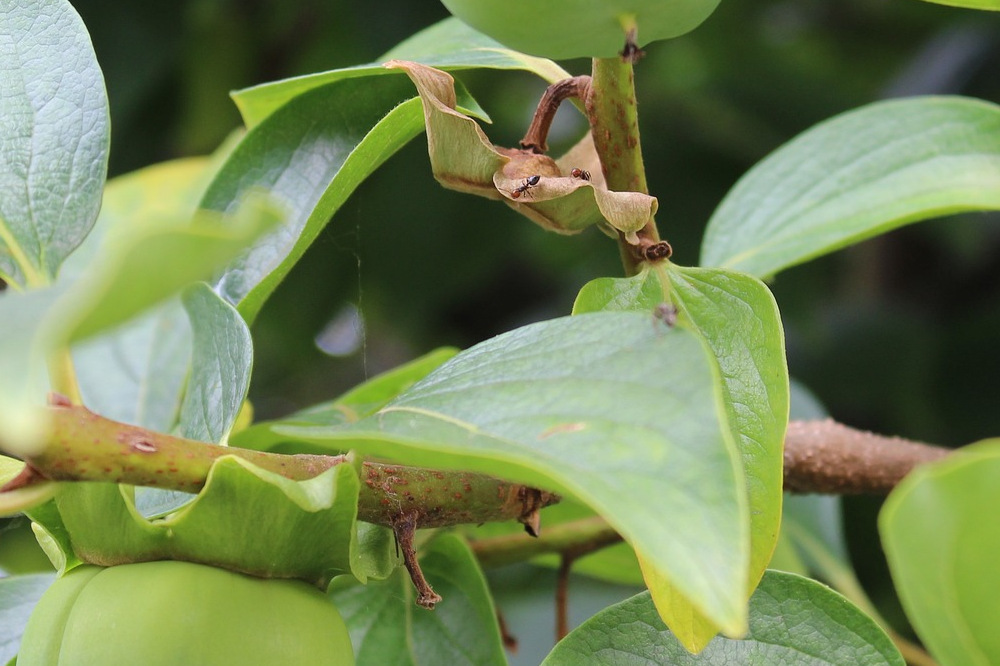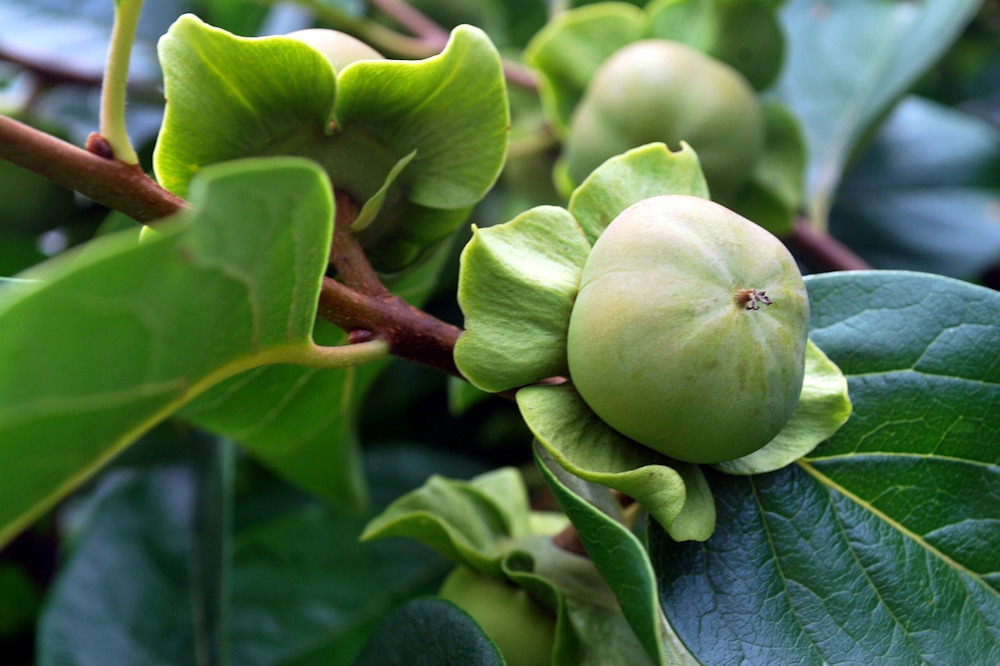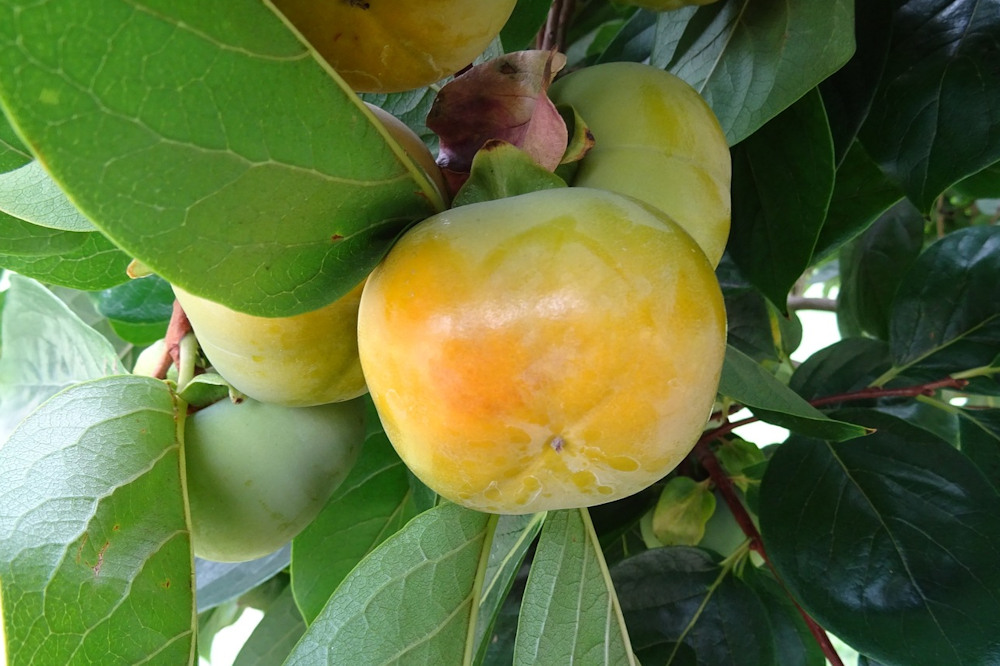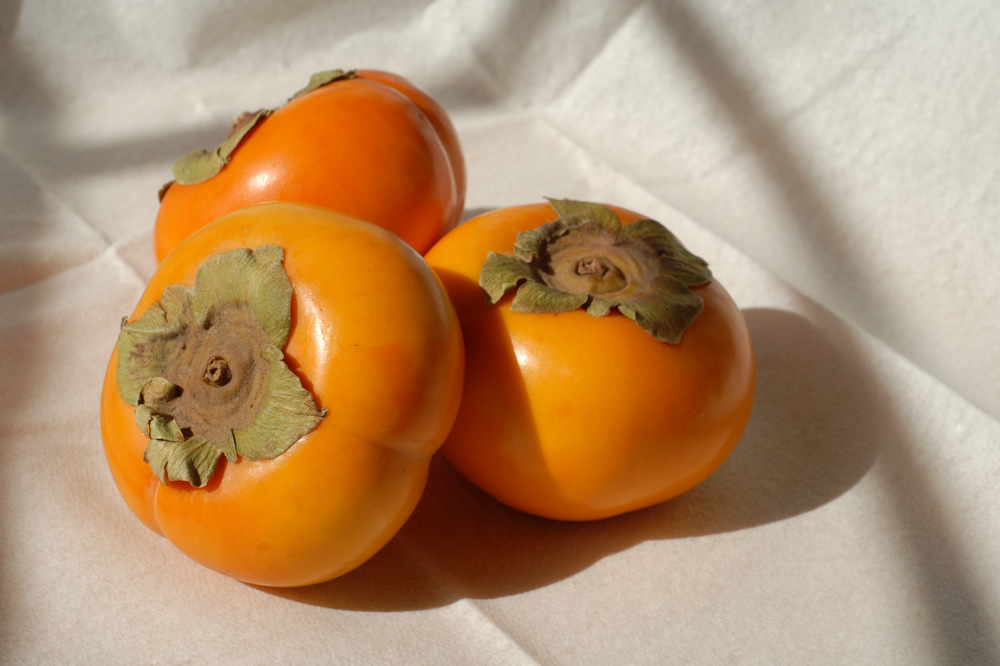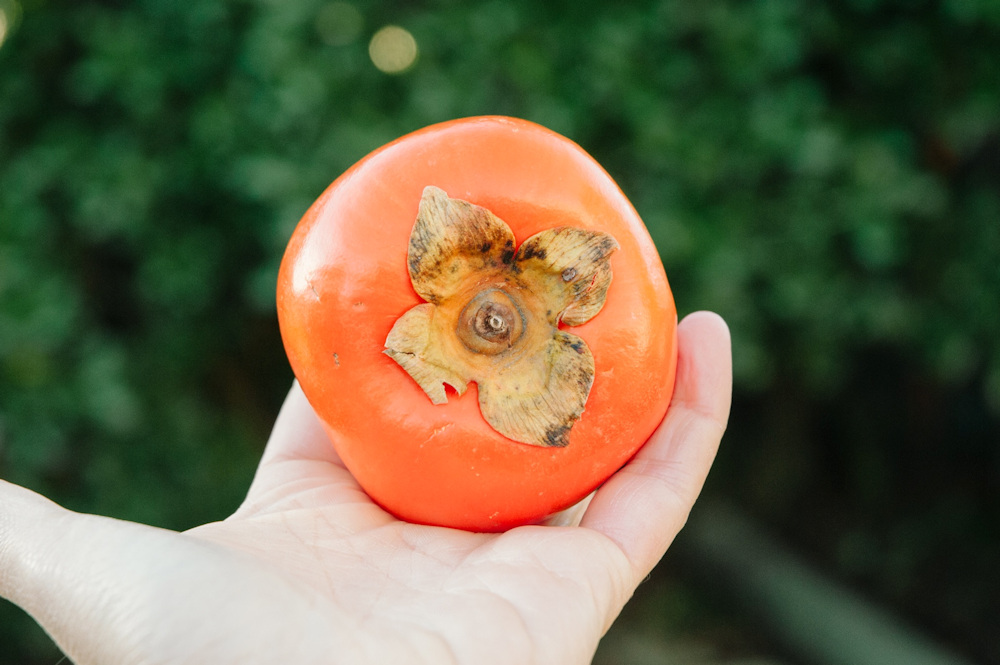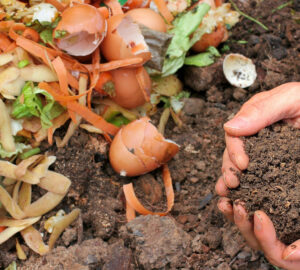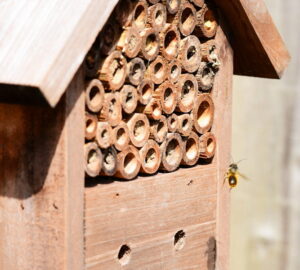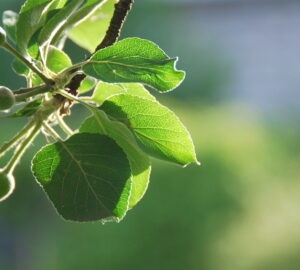Delicate and promising flowers blooming on a young persimmon tree hold the anticipation of abundant fruit, but their sudden disappearance can leave gardeners puzzled. In this article, we delve into the fascinating world of persimmon trees, decoding the factors behind the perplexing phenomenon of flower and fruit drop, shedding light on this enigmatic process.
When a young persimmon tree drops its flowers or developing fruits, it can be attributed to a few different factors. Here are some possible explanations for this phenomenon:
Immaturity
Young persimmon trees, especially those that have been recently planted or are in their first few years of growth, may drop their flowers or small fruits due to their immaturity. These trees are still establishing their root systems and developing the necessary resources to support a full crop. It’s not uncommon for them to shed flowers or fruit as they prioritize their energy towards growth and development.
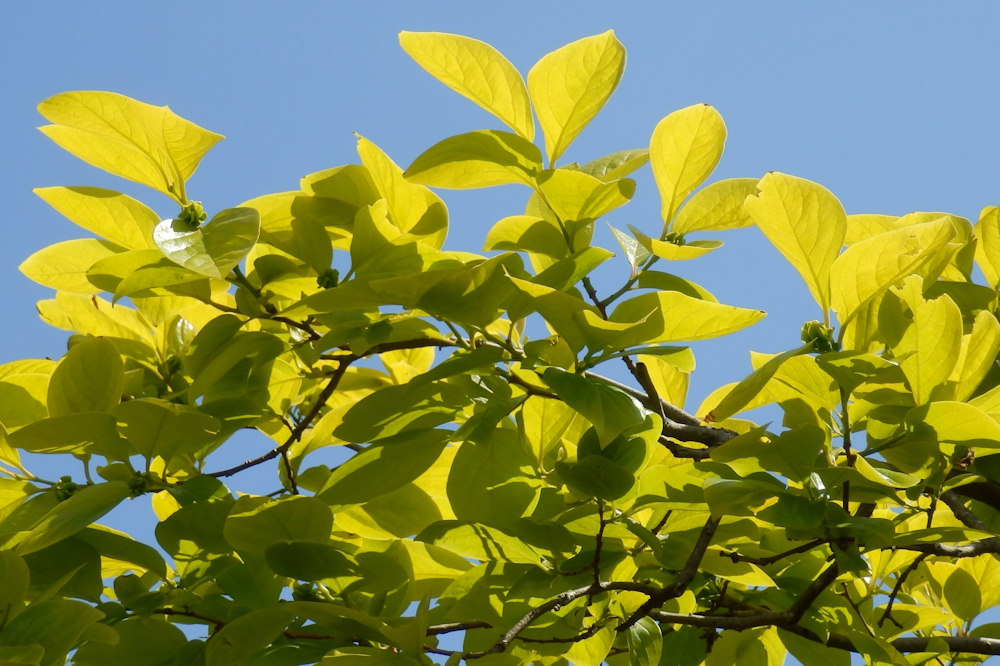
Pollination and Fertilization
Persimmon trees require proper pollination and fertilization for fruit set. If the tree is not adequately pollinated or if the pollination conditions are unfavorable (e.g., lack of pollinators or poor weather during the flowering period), the flowers may drop without setting fruit. Insufficient pollination can occur if there is a lack of compatible persimmon varieties nearby or if pollinators, such as bees, are scarce in the area.
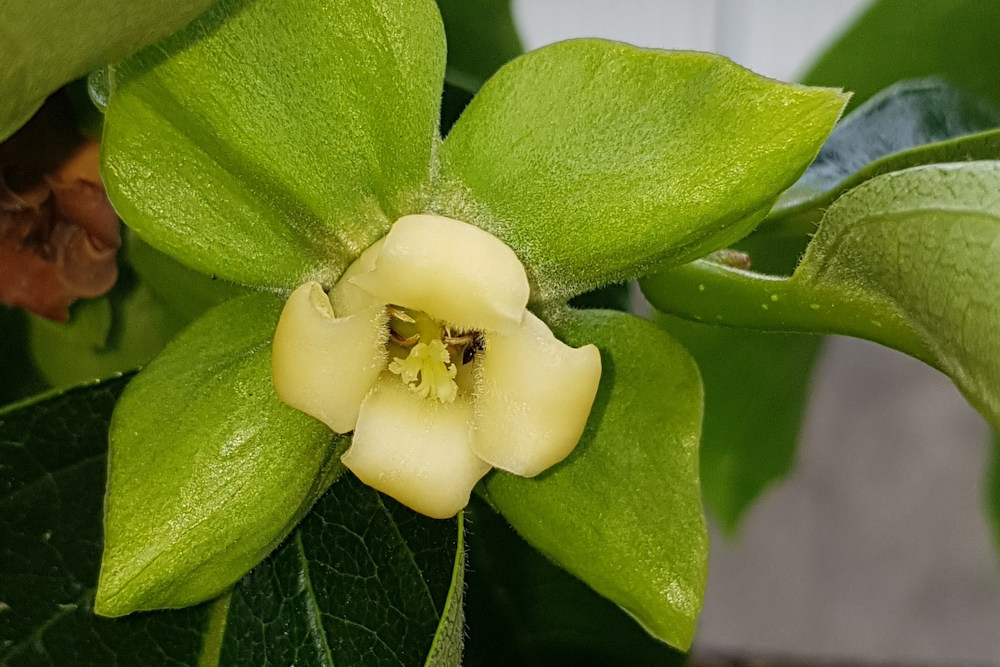
Environmental Factors
Environmental conditions can play a significant role in flower and fruit drop. Extreme temperatures, both hot and cold, can cause flowers to drop before they are fertilized or small fruits to abort. Additionally, fluctuations in moisture levels, excessive rainfall, drought or irregular watering practices can stress the tree and lead to flower or fruit drop.
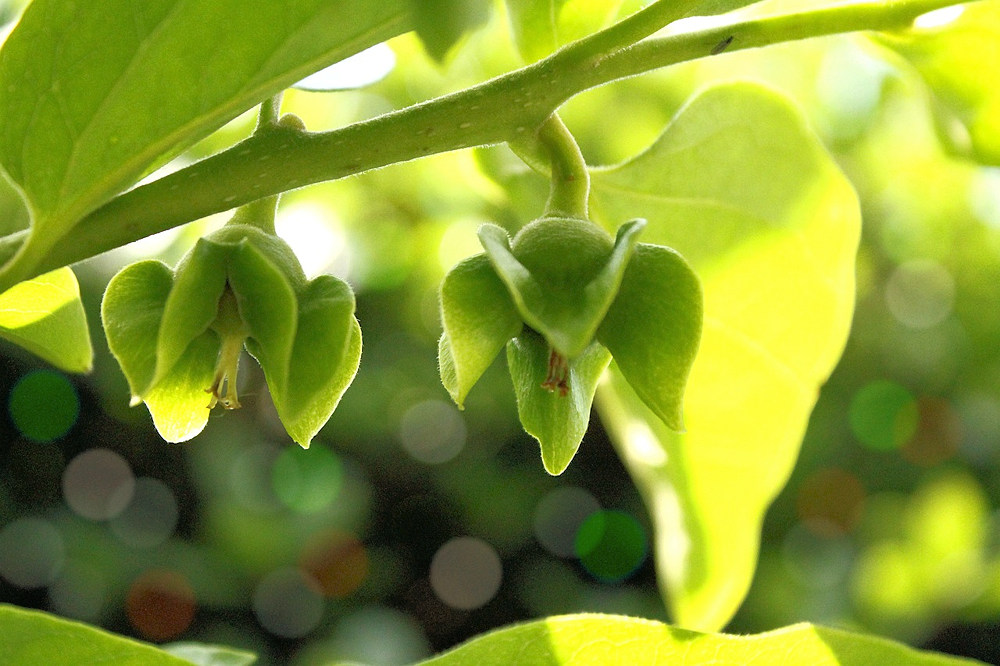
Nutrient Deficiencies
Nutrient deficiencies, particularly in essential elements like nitrogen, phosphorus or potassium, can contribute to flower or fruit drop. A lack of these nutrients can affect the tree’s ability to produce and sustain fruit. Soil testing and appropriate fertilization can help address nutrient imbalances and deficiencies.
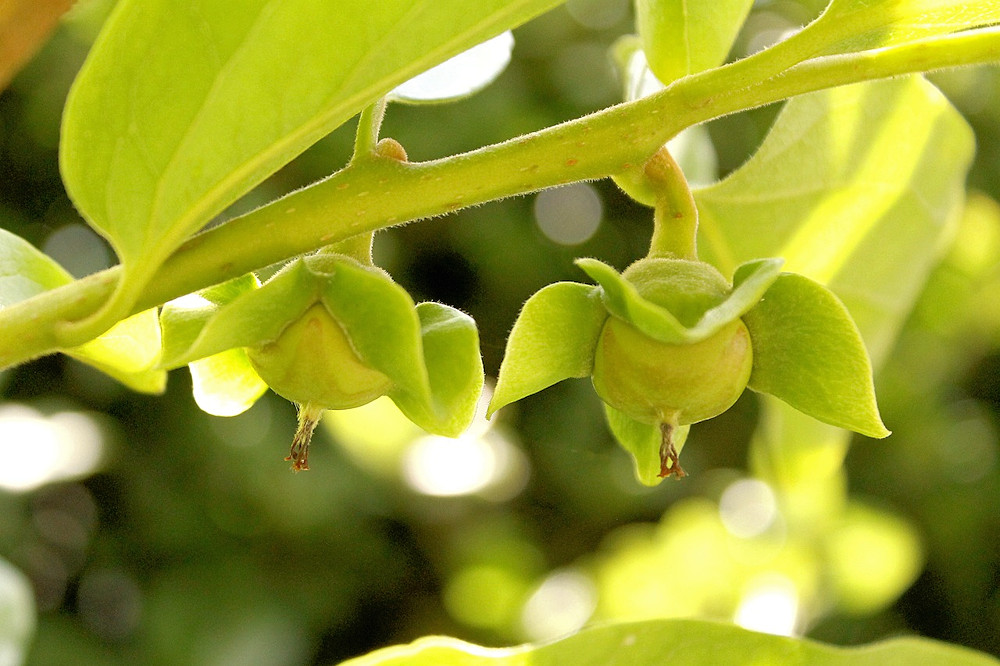
Pests and Diseases
Certain pests, such as mites or thrips, can cause flower or fruit drop in persimmon trees. Diseases like blossom blight or fungal infections can also lead to the premature shedding of flowers or fruits. Regular inspection of the tree for signs of pests or diseases is crucial to address and treat any issues promptly.
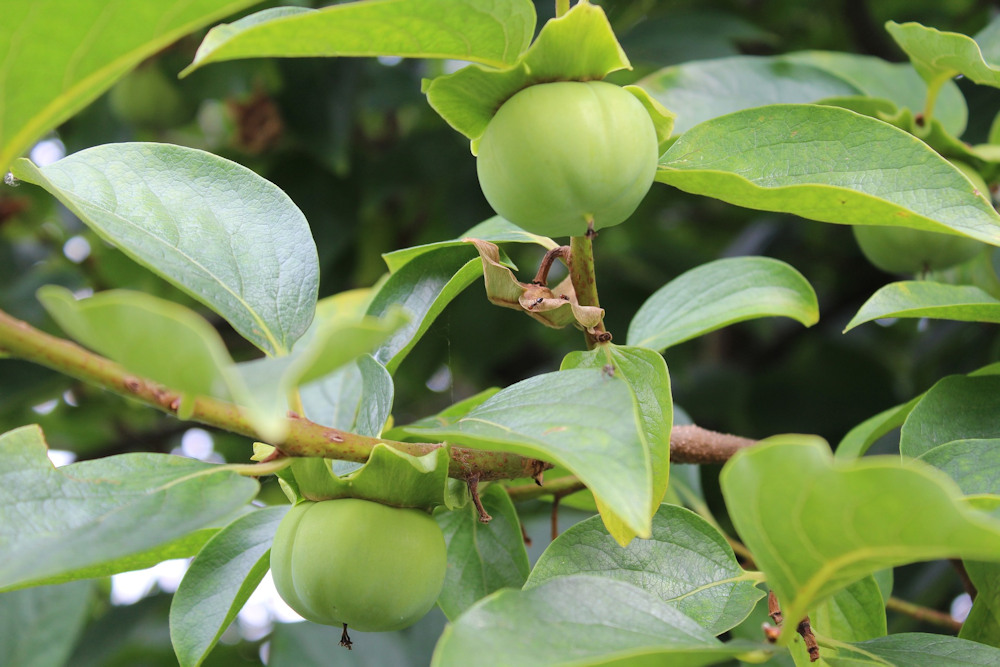
It’s essential to note that some degree of flower or fruit drop is relatively common in persimmon trees, even under optimal conditions. However, if the drop is excessive or persistent, it may indicate a more significant problem that needs attention. Monitoring and addressing the tree’s overall health, providing appropriate care and understanding the specific needs of your persimmon variety are key to promoting healthy fruiting.
